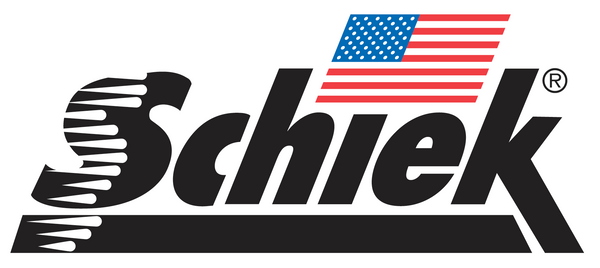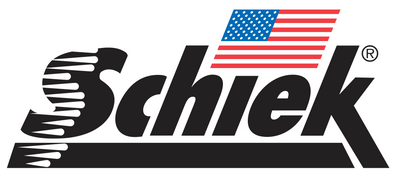A lifting belt is an essential tool for strength athletes, but wearing it at the correct tightness is crucial for maximizing performance and safety. Whether you’re a powerlifter handling maximal loads or an Olympic weightlifter performing explosive movements, understanding the proper belt tightness can help you lift heavier and reduce injury risk.
Why Belt Tightness Matters
The right belt tightness ensures optimal intra-abdominal pressure (IAP), which stabilizes the core and spine under heavy loads. A belt that is too loose won’t provide enough support, while a belt that is too tight can restrict breathing and movement.
Key Benefits of Proper Belt Tightness:
✅ Enhances Core Stability – Supports the lower back and prevents rounding.
✅ Improves Power Transfer – Allows for stronger, more controlled lifts.
✅ Prevents Injury – Reduces spinal stress and promotes better lifting mechanics.
✅ Maximizes Performance – Increases strength output for PR attempts.
How Tight Should a Lifting Belt Be?
The ideal belt tightness depends on your lifting style:
Powerlifting (Squats & Deadlifts)
- The belt should be tight enough to create firm pressure against the abdomen when you brace, but not so tight that you can’t take a full breath.
- You should be able to fit one or two fingers between the belt and your torso when relaxed.
- A tighter fit is preferred for heavy squats to create maximum core rigidity.
- Some lifters prefer a slightly looser fit for deadlifts to allow better hip hinge mechanics.
✅ Best Powerlifting Belts:
- Schiek L7010 Lever Belt – Maximum stability with a quick-adjust lever system.
- Schiek Model 6010 Leather Competition Power Belt – Provides rigid support for competitive lifting.
Olympic Lifting (Snatch & Clean & Jerk)
- A weightlifting belt should be tight but slightly more flexible to allow full range of motion.
- You should be able to take a deep breath and expand your abdomen without excessive restriction.
- A tapered belt design is preferred to allow greater mobility in dynamic lifts.
✅ Best Olympic Lifting Belts:
- Schiek CF3006 Carbon Fiber Lifting Belt – Lightweight, durable, and flexible for explosive lifts.
- Schiek Model 2004 Nylon Contour Belt – Comfortable and supportive for a variety of lifts.
How to Adjust Your Belt for Maximum Performance
- Positioning: Wear the belt above the hips and below the ribcage, ensuring full core engagement.
- Bracing Test: Inhale deeply and brace your core—your belt should provide support without limiting breath expansion.
- Adjust as Needed: Slightly loosen or tighten based on the lift you're performing.
Final Tips for Proper Belt Usage
- Do Not Over-Tighten: If you can’t take a full breath, the belt is too tight.
- Experiment with Positioning: Some lifters wear the belt slightly higher or lower based on comfort and movement.
- Use High-Quality Belts: Inferior belts wear out quickly and fail to provide consistent support.
By wearing your Schiek lifting belt at the proper tightness, you can improve your strength, safety, and lifting efficiency. Check out the best lifting belts at www.schiek.com and take your training to the next level! 💪🔥





Leave a comment